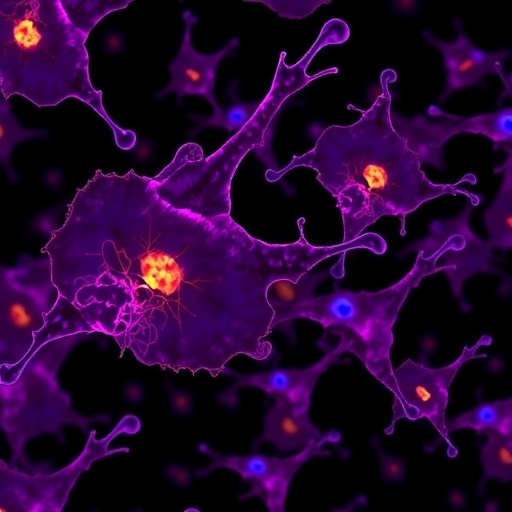A new article published by researchers from University of Puget Sound and University of Washington reports that, based on analysis of public wastewater samples in at least one Western Washington population center, cannabis use both increased and substantially shifted from the illicit market since retail sales began in 2014.
Led by chemist Dan Burgard, the research team analyzed wastewater samples collected from 2013-2016 from two treatment plants that service a community of two hundred thousand in Western Washington.
“We set out to perform a wastewater-based analysis that explored the impact of newly legalized retail cannabis sales on its use, and to determine if this approach could estimate the size of the legal market place,” says Burgard, who chairs the chemistry department at Puget Sound.
The researchers estimate that THC-COOH (the metabolite of psychoactive THC in cannabis created within the human body) found in wastewater has increased by 9% per quarter, on average, from December 2013 to December 2016. During this time, cannabis sales increased at nearly 70% per quarter, on average, for stores operating from August 2014 to December 2016.
“Given that wastewater represents a total population measure, these findings suggest that many established users switched very quickly from the illegal to the legal market,” says Burgard. “This is the strongest statement possible regarding displacement of the illegal market.”
Caleb Banta-Green, interim director and principal research scientist at University of Washington’s Alcohol and Drug Abuse Institute, is a co-author of the article and was a key researcher on the project.
“This project was designed to aid the understanding of how the sales of adult recreational cannabis impact its total consumption within a population,” says Banta-Green. “We believe this will be a valuable tool for local, state, national and international policy makers as they assess and consider Washington’s recreational cannabis law.”
In the past six years nine U.S. states (Colorado, Washington, Alaska, Oregon, Nevada, California, Maine, Massachusetts, Vermont, Michigan, and the District of Columbia), as well as the countries of Uruguay and recently Canada, have legalized the adult use of recreational cannabis.
“Existing measures, particularly surveys are subject to important biases and limitations, including potential changes in self-report as social norms change as well as very limited information on the amount of THC actually consumed,” Banta-Green notes. “Wastewater based estimates help address these limitations.”
The researchers note that their findings suggest that legalization is, in part, achieving one of its primary objectives which was to eliminate black market sales.
Funded in part by a grant from the National Institute on Drug Abuse, the research process included testing samples from 387 days spread over three years. The team utilized a new method that enables a complementary and potentially more timely and objective assessment of illicit drug consumption compared to existing measures.
Raw wastewater samples representing a full day are collected at a treatment plant and analyzed for drugs and their metabolites at extremely low concentrations (part per billion or part per trillion levels). These data can be used to track drug consumption trends, both legal and illegal, but not individual users. In some instances, the concentration of the metabolites can be used to “back calculate” to the actual number of doses of drug used in a particular area.
###
When this research project was announced in 2015 and throughout its duration it has earned national and international press from media like NPR Public Health, NPR Market Watch, Oregon Public Broadcasting, and The Seattle Times.
The report, titled “Using Wastewater-Based Analysis to Monitor the Effects of Legalized Retail Sales on Cannabis Consumption in Washington State, USA,” was published in Addiction, a journal published by the Society for the Study of Addiction.
Media Contact
Jackson Holtz
[email protected]
http://dx.




